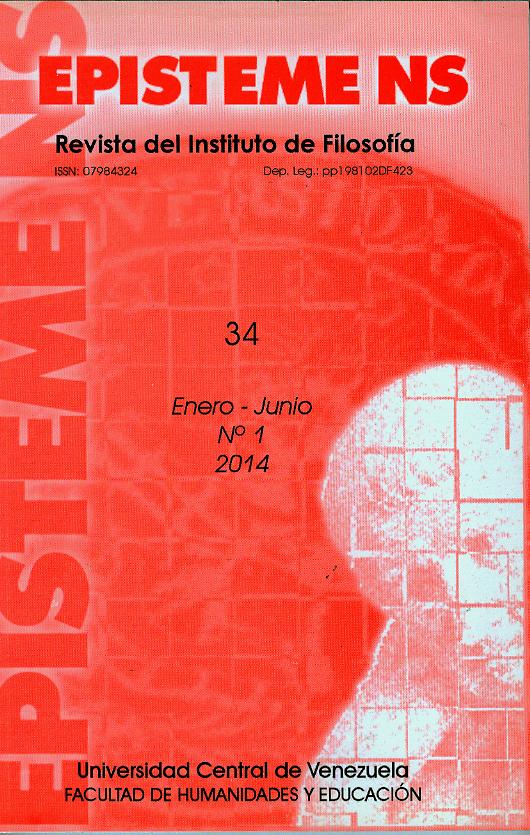EL IRREALISMO Y LA ONTOLOGÍA EVANESCENTE DE NELSON GOODMAN
Palabras clave:
construccionalismo, irrealismo, relativismo constructivo.Resumen
La premisa central del irrealismo de Nelson Goodman plantea laexistencia de muchos mundos reales, mundos que entran en conflicto entresí. También llamado por Goodman relativismo constructivo o construccionalismo,el irrealismo sostiene que lo que llamamos mundo se diluye en una serie deversiones, correctas algunas e incorrectas otras. Goodman presenta una ontologíaevanescente en la que el mundo único se esfuma cuando se consideraque cada uno de sus supuestos rasgos es propuesto, hecho o impuesto por unaversión determinada. Goodman inicia sus trabajos centrado en el problemaepistemológico de cómo construir versiones o imágenes correctas del mundo,cuestión que se relaciona con el funcionamiento del lenguaje y los sistemassimbólicos, temas que derivan en el funcionamiento estético y, a la postre, fusionarána la estética y la filosofía de la ciencia en el marco de la epistemología.Brindar una panorámica de este recorrido es el objetivo del presente trabajo.
Abstract: The central premise of the irrealism of Nelson Goodman proposesthe existence of many real worlds, worlds that conflict with each other. Goodmanalso called for constructive relativism o constructionalism, the irrealism maintainsthat what we call the world is diluted in a number of versions, somecorrect and incorrect other. Goodman presents an evanescent ontology inwhich the only world vanishes when one considers that each of its featuresis a proposed assumption made or imposed by a particular version. Goodmanbegins his work focused on the epistemological problem of how to construct correct versions or images of the world, an issue that is related to the functioning of language and symbolic systems, topics arising in the aesthetic function and, ultimately, to merge aesthetics and philosophy of science in the context of epistemology. Provide an overview of this route is the aim of the present work.

